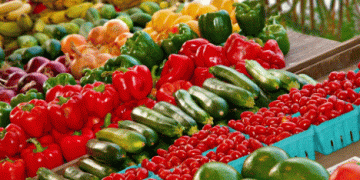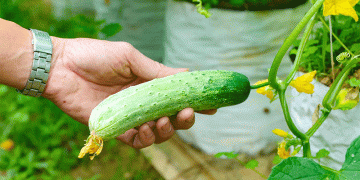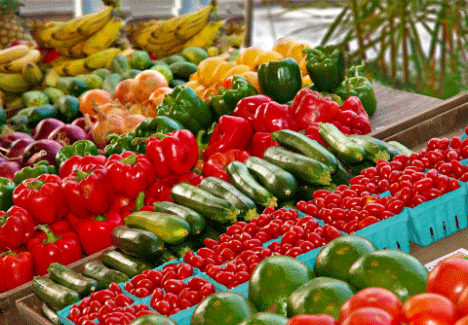In August 2024, Spanish farmers faced an unprecedented surge in the price of several key crops, with green peppers, watermelons, and eggplants experiencing price increases of nearly five times by the time they reached the consumer market. According to data from the Food Price Index at Origin and Destination (IPOD), published by the Coordination of Farmers and Livestock Organizations (COAG), the price differences between what farmers earned and what consumers paid were staggering. This trend highlights the growing disparities in the food supply chain and raises questions about the future of agricultural pricing.
Price Increases by Product
Green peppers led the charge, with the farm-gate price averaging €0.47 per kilogram, while consumers were paying an average of €2.33/kg in supermarkets and other retail outlets. This represents a 4.96-fold increase, or a staggering 396% markup, from the field to the market. Such a significant increase highlights the challenges farmers face in pricing their produce competitively while grappling with rising transportation, labor, and distribution costs.
Eggplants saw a similar trajectory, with a farm-gate price of €0.44/kg and a final market price of €1.98/kg, resulting in a 4.5-fold increase, or a 350% markup. The growing consumer demand for eggplants, paired with supply chain inefficiencies, has led to such drastic price hikes, squeezing both producers and consumers.
Watermelons, a summer staple, also saw sharp price hikes. Farmers were selling watermelons at an average price of €0.26/kg, while consumers were paying €1.21/kg, marking a 4.65-fold increase, or 365% higher than the original price. Watermelons are highly perishable and require careful handling during transportation, contributing to the higher final costs.
Interestingly, melons, another key summer fruit, saw a more moderate price increase. The farm-gate price of melons averaged €0.45/kg, while consumers paid €1.40/kg, a 3.11-fold increase, or 211% markup. Although this increase is still significant, it pales in comparison to the nearly fivefold markups of other products.
The Case of Bananas: The Highest Price Markup
Bananas had the most extreme price discrepancy observed in August 2024. Farmers were paid an average of €0.29/kg, while consumers had to pay a whopping €2.22/kg. This represents a 7.66-fold increase, or a 666% markup, making it the fruit with the highest price differential between farm and market. The gap raises concerns about inefficiencies or excessive profit margins in the supply chain.
Reasons Behind the Price Hikes
Several factors contribute to these steep price hikes. One of the most critical issues is the rising cost of transportation, which has been impacted by increasing fuel prices and logistical bottlenecks. The perishable nature of products like watermelons and bananas exacerbates the problem, as these goods require specialized, often more expensive, handling to prevent spoilage during transport.
Additionally, labor shortages in agriculture and distribution have driven up wages, which are passed on to consumers in the form of higher prices. Climate conditions also played a role; extreme weather events, including heatwaves and droughts, reduced crop yields, further tightening supply. Retailers, in turn, adjust prices to reflect the increased costs of sourcing produce during such conditions.
The nearly fivefold increase in the price of staple crops like green peppers, watermelons, and eggplants from farm to market underscores the growing challenges within the food supply chain. These price disparities reveal the pressure points that affect both farmers and consumers, from rising transportation costs to labor shortages and climate-related disruptions. As agriculture adapts to these changing conditions, finding ways to minimize the gaps between farm-gate and market prices will be critical for ensuring the long-term sustainability of both farming and food supply systems in Spain.
































